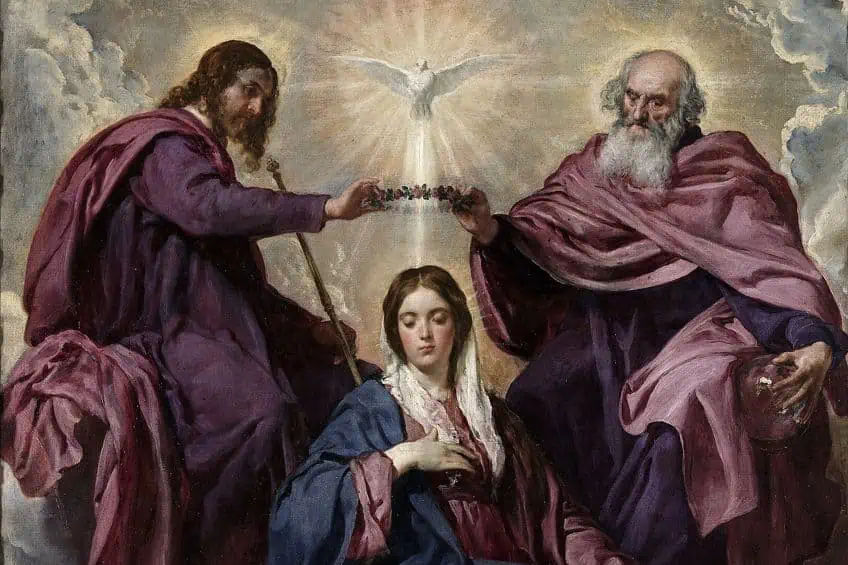Figurative Art – A New Wave in Representational Art
What are figure artworks and what is the figurative art definition? Figurative paintings and figurative sculptures are representational of real-world objects, subjects, and landscapes. Some of the oldest artworks created by man were figurative in nature, depicting the animals that they would hunt for food, and have continued through time right up to the contemporary figurative painters of today.
An Exploration of Figurative Art
It could be argued that until the emergence of Abstract art, all art was figurative. Abstract art explores shapes and colors that are not representational of anything that we can observe in the world around us, whereas figurative art strove to portray the things of this world, albeit in often very subjective ways. However, there are also styles that serve to bridge the two apparently separate worlds by producing figurative abstract artworks. These works contain shapes that remind the audience of real-world objects, but in a highly abstract manner, far removed from their original appearance. Then subsequently, Figurative Expressionism arose as a reaction to Abstract art.
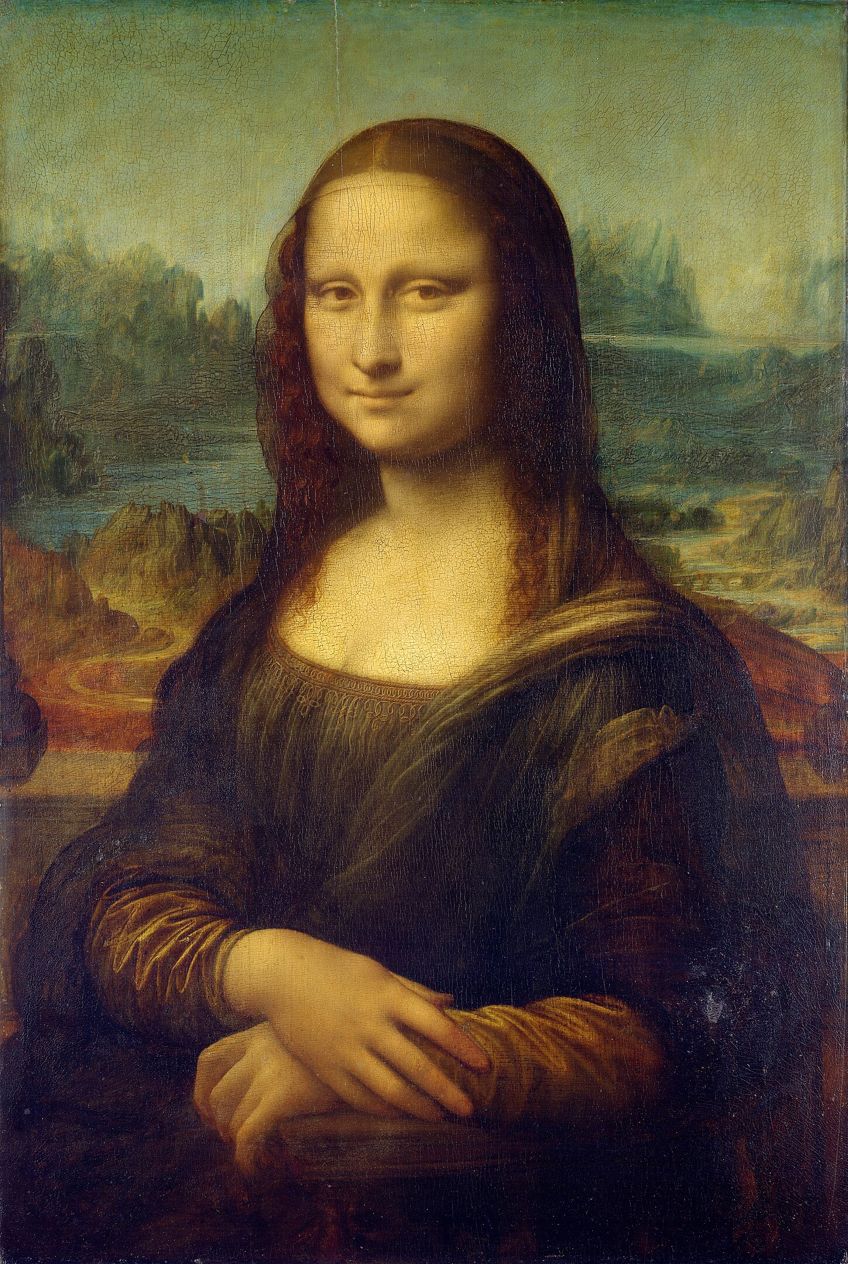
The History of Figurative Art
Figurative art is defined as any artwork that represents real-life images, most typically identifiable renderings of the animal or human form. Figurative artwork encompasses a wide range of subcategories, such as Baroque, Renaissance, Expressionism, Realism, Surrealism, and many others. As a result, the permutations of art within this genre vary widely amongst artists. Some choose a style that does not clearly display the figuration, yet we identify them as Figurative pieces. Some choose a hyper-realistic style in which even the smallest detail of the subject is meticulously emphasized.
Most figurative painters produce works somewhere between these extremities.
Prehistoric to Ancient Era: Early Figurative Artworks
Humans have been creating figurative art for tens of thousands of years, with some of the earliest known examples reaching back to the Paleolithic period. These early forms of figurative art were simple cave paintings, carvings, and figurative sculptures that represented humans and animals in a lifelike or stylized manner. Illustrations of what seem to be wild cattle discovered on the island of Borneo in Indonesia, painted in orange ochre around 40,000 years ago, represent the world’s earliest known figurative paintings.
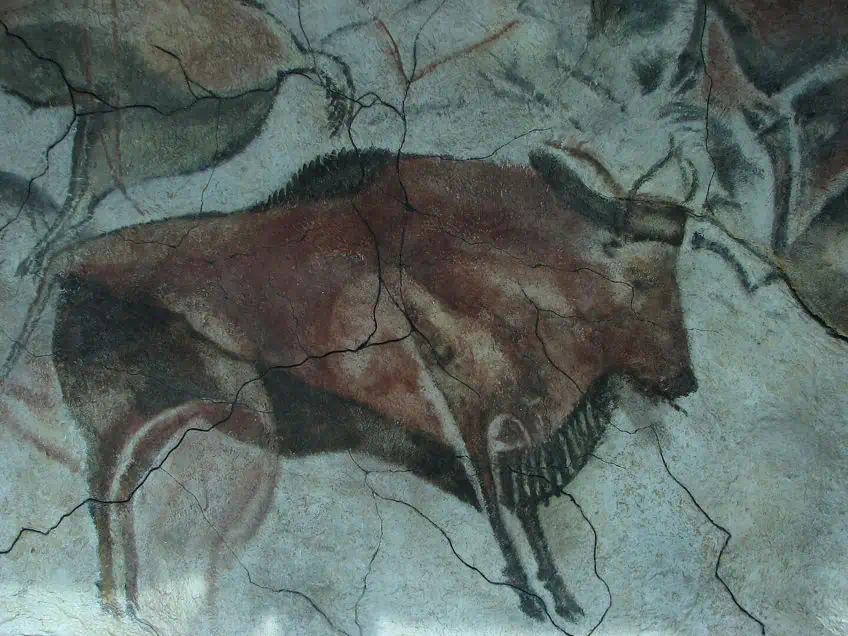
These are around 5000 years older than the old record holders in neighboring Sulawesi, and they contribute to indications that flourishing creative traditions were developing in Asia and Europe at the same time. Until recently, most scholars believed France’s Chauvet Cave housed the oldest figurative paintings. There are vivid depictions of prehistoric cave lions, rhinos, and horses dating back around 35,000 years. Notable figurative art examples from this early period include the Venus of Willendorf (c. 25,000 BCE) and the Altamira Cave Paintings (c. 15,000 BCE)
5th Century BCE – 5th Century CE: Classical Figurative Artworks
Figurative art became increasingly sophisticated and complex in ancient Greece and Rome. Greco-Roman figurative artists produced remarkably detailed and lifelike figurative sculptures and figurative paintings depicting heroes, gods, and ordinary people. These figure artworks were usually idealized and meant to provide a sense of harmonious beauty. The Greco-Roman figurative artists researched human proportions and anatomy to produce realistic yet idealized figures.
Greek figurative sculptures, which were generally made of bronze, marble, or terracotta, were used to adorn temples and other significant public buildings.
Figurative art of ancient Rome was equally concerned with the human form, but with a far greater focus on realism instead of the idealized style. Portraits of politicians, emperors, and other prominent individuals were produced by Roman figurative artists in realistically high detail, frequently stressing their particular physical and personality traits. A notable artwork from this era is the Winged Victory of Samothrace (c. 190 BCE) which was made in ancient Greece.
5th Century – 15th Century: Medieval Figurative Artworks
Because Christianity was the main religion in Europe at the time, a great deal of figurative artwork created during this time had to have a religious element. The style and symbolism of Medieval figurative art were highly exaggerated and ornamental. People in these art pieces were typically stylized, with extended or distorted features and wearing elaborate costumes and accessories. Illuminated manuscripts were one of the most prominent kinds of figurative art during this period. A number of these manuscripts featured scenes from the Scriptures or other religious texts, with the figures being very stylized.

Sculptures from the Middle Ages were heavily stylized and usually featured saints, biblical characters, or other religious themes. They were usually fashioned out of wood or stone and were very intricate, with exquisite decorations and beautiful garments. Other popular forms of figurative art from this period include mosaics, stained glass windows, and frescoes. A notable example of Figurative sculpture from this period are the Chartes Cathedral sculptures which were produced in the 12th century in France by Jean-Baptiste-Camille Corot.
14th Century – 17th Century: Renaissance Figurative Artworks
The Renaissance era is regarded as a period of significant creative and cultural progress, as artists in Italy and other areas of Europe tried to recreate ancient Greece and Rome’s classical traditions. A revived interest in the human physical figure and a need to make realistic representations of human anatomy defined Renaissance figurative artworks. In their figurative paintings and figurative sculptures, they also applied techniques like chiaroscuro and linear perspective to create a sense of depth and three-dimensionality.
This period’s figurative art is particularly renowned for its use of allegory and symbolism, as figurative painters sought to communicate deeper messages and significance through their art pieces.
Figures in Renaissance figurative sculpture typically portrayed classical or biblical characters and were very realistic. They were usually crafted from bronze or marble and were incredibly detailed, with delicate garment folds and lifelike musculature. Of course, one of the most renowned figurative paintings from this era is the enigmatic portrayal of Mona Lisa (1503) by Leonardo da Vinci.
17th Century to 18th Century: Baroque Figurative Artworks
The Baroque period was marked by considerable political and religious upheaval, and the art produced mirrored the era’s majesty, drama, and passion. The style of Baroque figurative artwork was very dramatic and expressive, with exaggerated stances, passionate emotions, and striking contrasts of shadows and light. Individuals in these figurative artworks were commonly depicted in dynamic postures, with twisted figures conveying motion and energy.
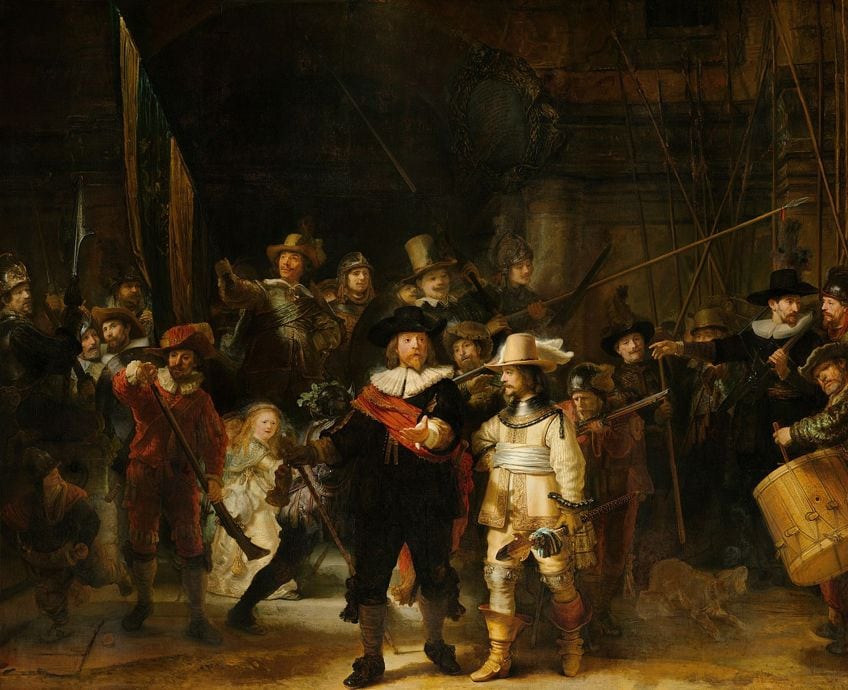
A strong sense of spectacle defined figurative art from this era, with artworks created to awe the audience. Several Baroque cathedrals, for instance, were adorned with grandiose altarpieces that represented stories from the Bible with emotional and dramatic intensity in order to have an emotional impact on viewers. The focus on emotion, intensity, and theatricality in Baroque figurative art was a shift from the more subdued and classic style of the Renaissance period, and it had a long-lasting influence on the evolution of Western art. A good example of the dramatic use of light and shadow during this era would be Rembrandt’s The Night Watch (1642).
19th – 21st Century: Modern Figurative Artworks
The birth of Impressionism in the late 19th century was one of the most crucial innovations in figurative art in the modern era. Impressionist figurative painters were focused on capturing the transitory effects of color and light, and their figurative paintings generally portrayed common events and individuals in a unique and free style. Expressionism, which arose in the early 20th century, was another significant figurative art movement of this era. Expressionist figurative painters were focused on portraying intense feelings and interior experiences with their artwork, and their paintings regularly included warped and exaggerated figures creating a feeling of psychological intensity.
There were many other significant movements that emerged at this time such as Cubism and Surrealism.
Cubist figurative painters were concerned with challenging established notions of representation as well as perspective, and their paintings depicted fractured and abstracted figures made out of geometric forms and planes. Surrealist figurative painters were particularly interested in the unconscious mind, and their figurative artworks featured dreamy fantastical imagery and figures. Figurative art has evolved and changed throughout the second half of the 20th century and into the 21st century. Modern figurative painters produce in a variety of genres, ranging from very realistic to highly abstract, and typically address issues of gender, identity, racism, and other socio-political issues. An example of the shift in styles in the contemporary era would be The Scream (1893) by Edvard Munch.
The Development of Figurative Art
A number of factors, spanning political, social, cultural, technical, and aesthetic movements, have shaped the evolution of figurative art. These influences have affected figurative art subjects, styles, and methods throughout history, mirroring the environment and concerns of each period. Let us take a look at a few of these factors in greater detail.
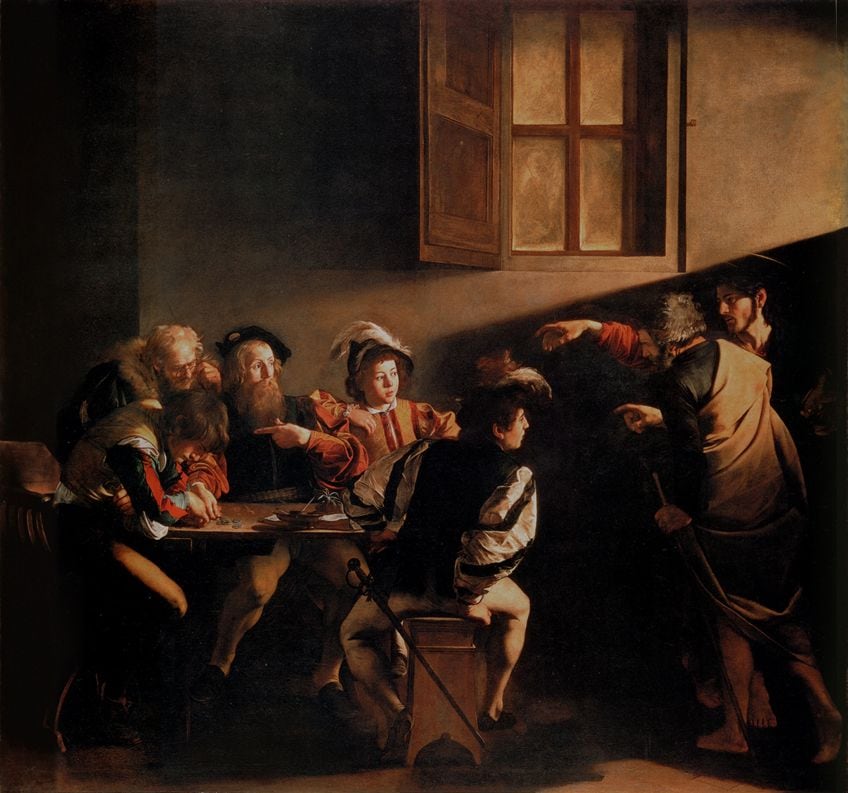
Cultural Influences
Figurative art has been shaped by the societies in which it was created. The religious concepts and mythology of the Ancient Egyptian and Greco-Roman societies, for instance, were prominent subjects in their figurative artworks. The church’s influence and the formation of Christian iconography had a considerable impact on figurative art from the Middle Ages.
However, the Renaissance’s humanistic concepts helped establish the style and topics of the figurative artworks of that era.
Social Influences
The social climate of a period is also reflected in its figurative art. For instance, the support of wealthy merchant families shaped Renaissance artworks, whereas the Counter-Reformation and the dominance of the Catholic Church impacted Baroque art. The Enlightenment and the development of the middle class had an influence on figurative painting as well, leading to the development of more secular subjects and an emphasis on individuality.
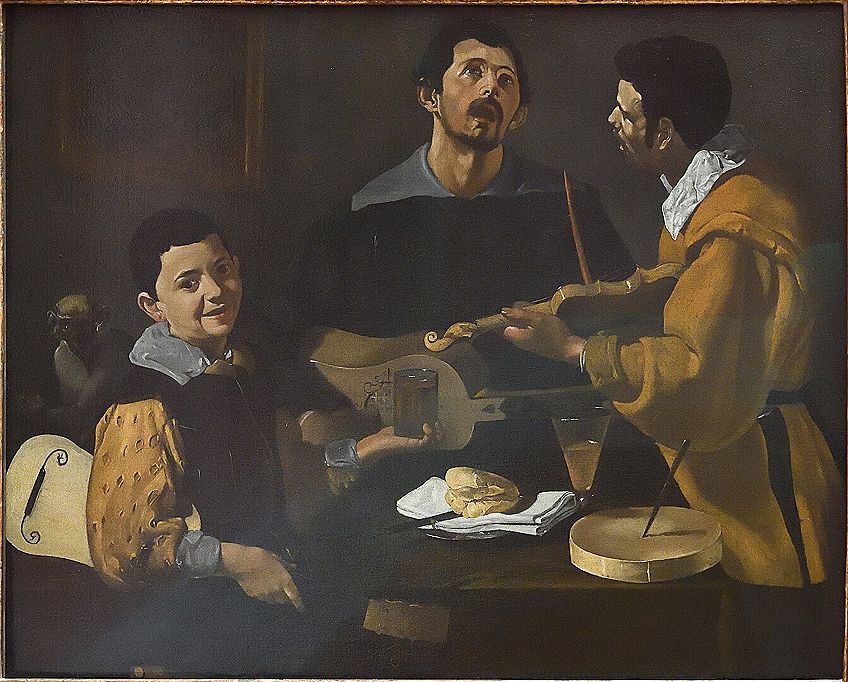
Political Influences
Political developments and shifts in power systems have influenced figurative painting. For instance, the fall of the Roman Empire led to a decrease in figurative painting production until the Middle Ages, when Christian art emerged. The political upheavals of the 20th century, notably the World Wars, had a significant effect on the style of modern figurative painting. These Wars’ atrocities sparked an increase in social and political criticism of art, with numerous artists tackling themes of death, ruin, and suffering.
Numerous figurative painters strove to make work that honored the tenacity of the human spirit and beauty of the human body in reaction to the political changes of the time.
Technological Factors
Technological advancements have enabled figurative artists to explore novel techniques and materials, which has had a significant influence on the progression of figurative painting. The development of oil paint in the 15th century, for instance, allowed for richer color and detail in artworks. Photography’s growth in the 19th century had a profound influence on the emergence of hyper-realistic figurative art. Artists were able to capture precise depictions of the human form and experiment with new perspectives and compositions. The rise of new media like video and digital technology in the 20th century resulted in new kinds of figurative art that blurred the barriers between conventional art forms and technological advances.
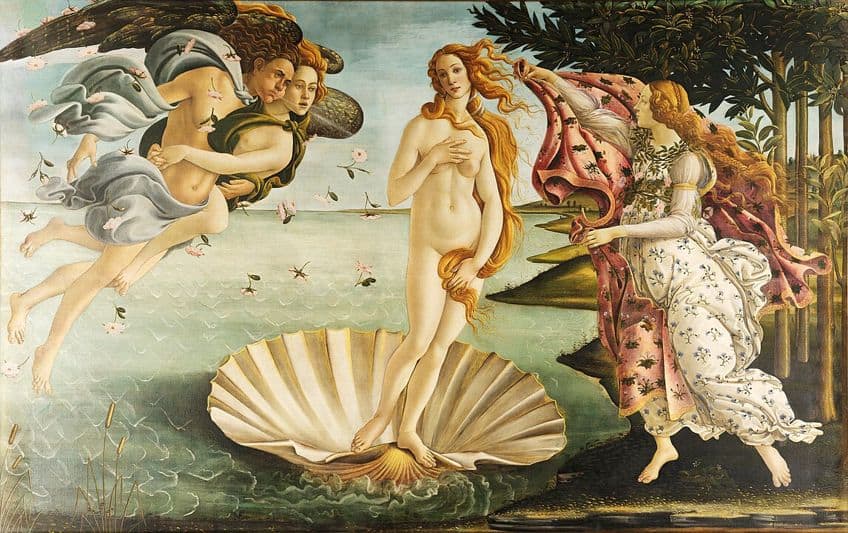
Notable Figurative Artists
History is full of figurative artists as it was the primary type of art for many centuries before abstract art introduced the concept of non-representational artworks. However, there are certain figurative painters and sculptors who played a fundamental role in steering the direction of figurative art through the ages.
They were noted for their unique innovations which contributed to the overall development of figurative art.
Jan van Eyck (1390 – 1441)
| Artist Name | Jan van Eyck |
| Nationality | Flemish |
| Date of Birth | c. 1390 |
| Date of Death | 9 July 1441 |
| Place of Birth | Maaseik, Belgium |
Jan Van Eyck was the Flemish Renaissance figurative painter renowned for his meticulous attention to detail, as well as his utilization of oil paint. He was also noted for his ability to capture the textures and hues of the real world, and his meticulous work was unparalleled among his contemporaries. Jan van Eyck’s revolutionary painting technique, which comprised numerous layers of transparent glazes, had a major influence on the advancement of figurative art.

His methods enabled painters to reach a higher degree of realism and complexity in their works, and his impact is apparent in the works of many subsequent artists, especially the 17th-century Dutch masters. Van Eyck’s influence on figurative art extended beyond just his technical achievements. He was also noted for his knack for expressing his clients’ uniqueness and personalities, and his portraits are renowned for their realism.
Several subsequent portrait figurative painters, like Diego Velázquez and Rembrandt, exhibit Van Eyck’s influence.
Diego Velázquez (1599 – 1660)
| Artist Name | Diego Velázquez |
| Nationality | Spanish |
| Date of Birth | 6 June 1599 |
| Date of Death | 6 August 1660 |
| Place of Birth | Seville, Spain |
Diego Velázquez was a Baroque artist from Spain, famed for his portraits and his revolutionary application of shadows and light. His art was characterized by its realism and meticulous execution. Diego Velázquez’s unique painting style, which comprised free brushwork and subtle color fluctuations, had a profound impact on the growth of figurative art.

Subsequent figurative painters, such as the Impressionists and Post-Impressionists, were highly influenced by his artwork. One of his most influential figurative artworks is Las Meninas (1656). Velázquez is also renowned for his ability to portray his subjects’ uniqueness and character. He was a specialist in chiaroscuro, a technique that utilizes stark contrasts between dark and light colors to give the illusion of dimension and depth.
Velázquez had a good eye for detail and could depict textures and surfaces with extraordinary detail and realism.
Edgar Degas (1834 – 1917)
| Artist Name | Edgar Degas |
| Nationality | French |
| Date of Birth | 19 July 1834 |
| Date of Death | 27 September 1917 |
| Place of Birth | Paris, France |
The French Impressionist, Edgar Degas, was well known for his artworks that featured dancers. He is often regarded as one of the creators of Impressionism, yet he is also affiliated with the Realist movement. His art was noted for its fluidity and emphasis on regular life. He was regarded as innovative for his use of unconventional angles as well as his desire to capture the transitory effects of atmosphere and light.
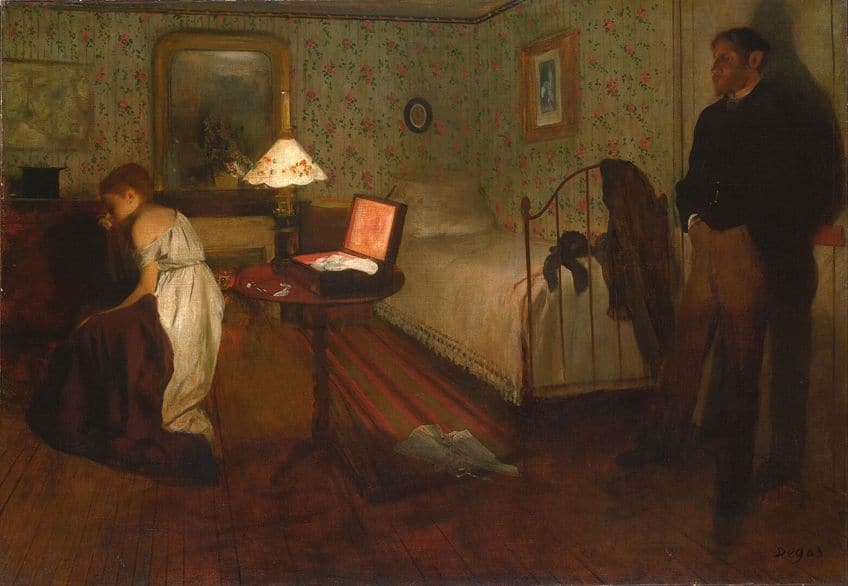
Edgar Degas’ artwork also had a profound effect on the development of figurative painting, especially as far as expressing the beauty and elegance of the human figure in motion is concerned. Degas was a pioneer in composition, regularly utilizing unique angles and cutting his paintings to emphasize certain aspects. He was also noted for his use of bright colors and his talent for capturing a scene’s ambiance and mood.
He was especially interested in experimenting with new mediums, and in addition to his figurative paintings, he made a significant number of pastels, prints, and figurative sculptures.
Auguste Rodin (1840 – 1917)
| Artist Name | François “Auguste” René Rodin |
| Nationality | French |
| Date of Birth | 12 November 1840 |
| Date of Death | 17 November 1917 |
| Place of Birth | Paris, France |
Auguste Rodin was fascinated by the psychological and emotional elements that make up humanity, and he utilized sculpture to express profound feelings and ideas. He was particularly fascinated with the lifelike representation of the human body, and his figurative sculptures were extremely realistic, reflecting the movement and vitality of the human form in an unprecedented way.
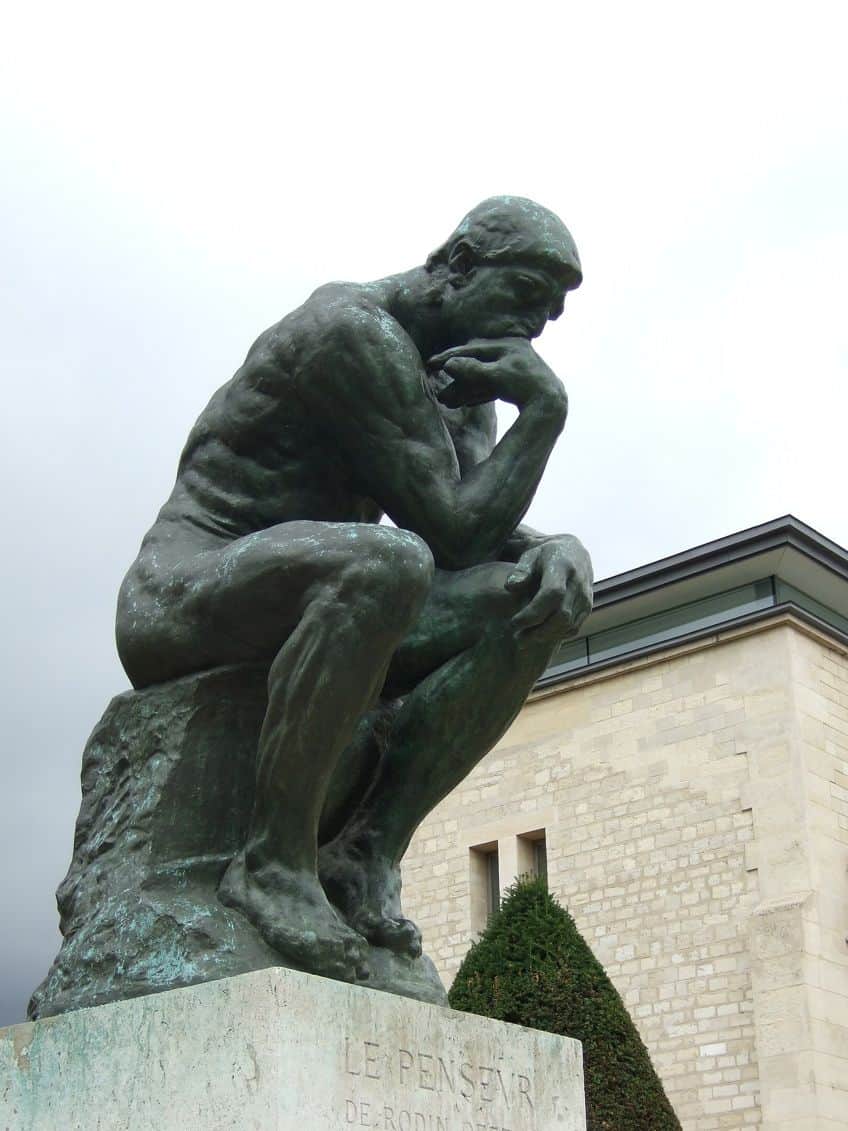
Auguste Rodin’s influence on figurative art may be observed through his very expressive sculptures that portrayed the human form in new and unexpected ways. He moved away from classical sculpting traditions, which had historically emphasized idealized, flawless forms, and rather focused on naturalistic depictions of the human body. This approach had a significant influence on the development of figurative sculpture, inspiring future artists to pursue the expressive possibilities of the human form.
The Thinker (1904) a bronze sculpture depicting a man deep in thought which has grown into an iconic emblem of rationality and contemplation, is one of Rodin’s most important figurative sculptures.
Frida Kahlo (1907 – 1954)
| Artist Name | Frida Kahlo |
| Nationality | Mexican |
| Date of Birth | 6 July 1907 |
| Date of Death | 13 July 1954 |
| Place of Birth | Coyoacán, Mexico City, Mexico |
Frida Kahlo was born in Mexico City and started creating art after suffering life-long injuries and severe discomfort in a near-fatal bus accident. Her figurative paintings frequently featured imagery from Mexican culture and tradition, as well as deeply personal symbols from her own circumstances. During her life, Kahlo painted numerous self-portraits in order to examine her own individuality and experiences. She regularly portrayed herself in traditional Mexican clothing and included Mexican cultural themes in her figurative art.

Her use of personal iconography, as well as her investigation of identity and the human experience, were major aspects of Kahlo’s effect on figurative painting. Most of her artworks are about pain and suffering, mirroring her own experiences with both emotional and physical suffering. Her distinct approach to self-portraiture has influenced subsequent generations of contemporary figurative painters, especially female artists, to find inspiration for their works from their own personal experiences and unique identities.
In this article, we have explored the figurative art definition, the history of figure artworks, the factors that influenced and shaped the development of figurative art, and the most notable figurative artists from the 1300s, all the way to modern and contemporary figurative painters. As we have learned, there are many figurative art movements, from figurative Expressionism to figurative Abstract art.
Frequently Asked Questions
What Does Figurative Art Mean?
Any artwork that portrays a person, animal, object, place, or any other recognizable form that can be observed in reality is considered to be a figurative artwork. That means that even works where the objects are pushed to the point of being almost unrecognizable are still regarded as figurative works. Abstract works, on the other hand, do not represent anything that we can recognize in this world.
What Is Figurative Abstract Art?
In this art style, there are objects represented, although they are barely recognizable as such. It crosses the line between figurative art and the world of abstraction. True abstract art does not represent any object, thing, or place, but uses the various elements of art to create images that are meant to communicate a feeling or sensation when being viewed. While people might think they can see objects in Abstract art, these interpretations are largely subjective and reveal more about the viewer than the artist who produced them.
Liam Davis is an experienced art historian with demonstrated experience in the industry. After graduating from the Academy of Art History with a bachelor’s degree, Liam worked for many years as a copywriter for various art magazines and online art galleries. He also worked as an art curator for an art gallery in Illinois before working now as editor-in-chief for artfilemagazine.com. Liam’s passion is, aside from sculptures from the Roman and Greek periods, cave paintings, and neolithic art.
Learn more about Liam Davis and about us.
Cite this Article
Liam, Davis, “Figurative Art – A New Wave in Representational Art.” artfilemagazine – Your Online Art Source. August 15, 2023. URL: https://artfilemagazine.com/figurative-art/
Davis, L. (2023, 15 August). Figurative Art – A New Wave in Representational Art. artfilemagazine – Your Online Art Source. https://artfilemagazine.com/figurative-art/
Davis, Liam. “Figurative Art – A New Wave in Representational Art.” artfilemagazine – Your Online Art Source, August 15, 2023. https://artfilemagazine.com/figurative-art/.


